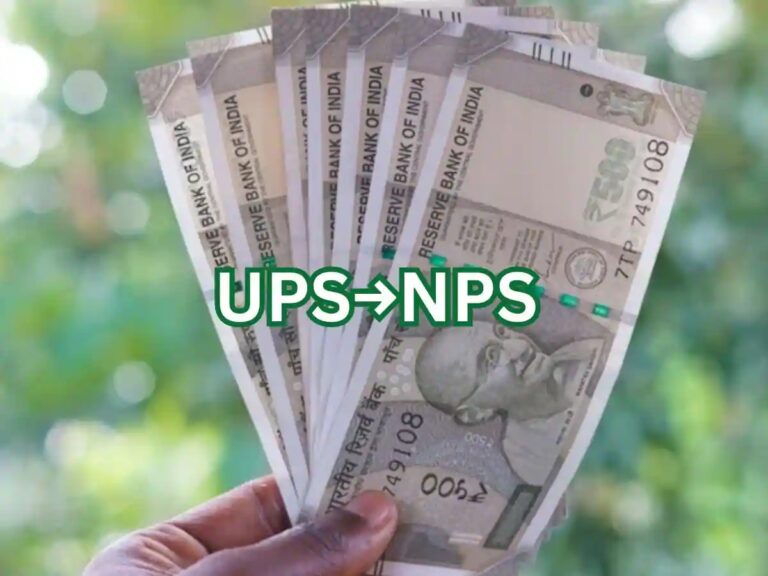
Unified Pension Scheme Enrollment Surpasses 31,500 Mark
As of July 20, 2025, over 31,555 central government employees have successfully enrolled in the Unified Pension Scheme (UPS), according to Finance Minister Nirmala Sitharaman’s recent Lok Sabha reply. This milestone marks a significant step in the government’s efforts to modernize pension benefits for public sector workers. The UPS, introduced on April 1, 2025, operates under the National Pension System (NPS) framework, offering a structured approach to retirement savings. While the enrollment numbers reflect widespread participation, Sitharaman noted that 7,253 claims remain pending, highlighting the need for streamlined processing mechanisms. The scheme’s design emphasizes assured payouts, aiming to provide financial security to employees during their retirement years.
Extended Enrollment Deadline and Employee Feedback
The government has extended the deadline for opting into UPS by three months, pushing the cutoff to September 30, 2025. This decision followed representations from employees and associations, who expressed concerns about the initial timeline. Minister of State for Finance Pankaj Chaudhary confirmed that the extension aims to ensure equitable access to the scheme, particularly for those who missed the original deadline. The revised timeline underscores the administration’s commitment to addressing employee grievances while balancing administrative efficiency. This move also reflects the broader trend of policy adjustments to accommodate stakeholder feedback in public sector reforms.
Expanded Benefits for Retirees and Eligibility Criteria
The UPS has been expanded to include additional benefits for retired central government subscribers, with 25,756 individuals now eligible for enhanced provisions. These include retirees who superannuated or passed away before March 31, 2025, as well as those who retired under Fundamental Rules 56(j). To qualify, employees must have completed a minimum of 10 years of qualifying service and been covered under the NPS. The government has also extended retirement and death gratuity benefits under the scheme, ensuring financial support for both active and retired beneficiaries. This expansion underscores the scheme’s focus on comprehensive retirement planning for public sector workers.
Tax Benefits and Future Policy Direction
Under the UPS, tax benefits similar to those available under the NPS are now extended to central government employees. These provisions align with the Income Tax Act, 1961, and aim to incentivize long-term savings. However, Finance Minister Sitharaman clarified that there are no immediate plans to broaden these benefits to other pension schemes or sectors. This stance highlights the government’s prioritization of the UPS as a specialized framework for central employees. The decision to limit tax benefits to the UPS reflects a strategic approach to fiscal responsibility while maintaining the scheme’s viability.
Implementation Challenges and Sectoral Implications
Despite the UPS’s progress, challenges such as pending claims and administrative bottlenecks persist. The government’s focus on processing 4,978 claims for benefit payments underscores the need for improved coordination between departments. While the scheme’s success is evident in its enrollment figures, its long-term impact will depend on the efficiency of claim settlements and the clarity of eligibility criteria. The UPS represents a pivotal shift in pension policy, offering a balanced approach between financial security and fiscal prudence. As the scheme evolves, its success could influence future reforms in other sectors, though the current trajectory suggests a targeted rather than universal expansion.



